As a dog parent, ensuring your dog is in paw-fect health is vitally important. One of the most feared diseases (and rightfully so) is parvo or the canine parvovirus – is a highly contagious, resilient virus that can be deadly if ignored. Puppies who are 6 weeks to 6 months in age are the most susceptible to contracting parvo. Our little fur-babies typically receive a series of vaccinations around the 6, 8, and 12-week mark to keep them protected. The good news? With immediate veterinary care and treatment, parvo doesn’t have to be a death sentence.
What Is Parvo?
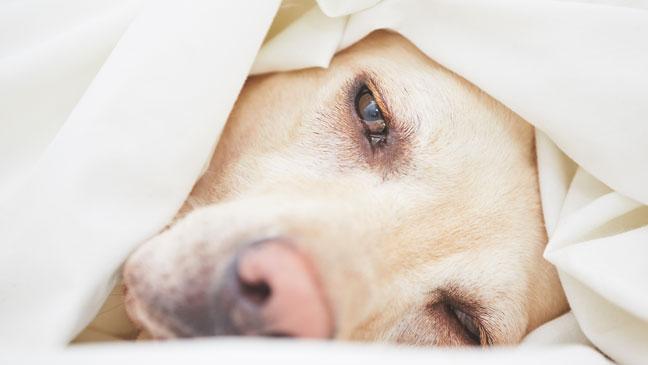
Puppies and unvaccinated dogs have the highest risk of contracting this disease. According to the American Kennel Club, “The virus prefers to infect the small intestine, where it destroys cells, impairs absorption, and disrupts the gut barrier. Parvo in puppies also affects the bone marrow and lymphopoietic tissues, and in some cases can also affect the heart.”
Each time your fur-iend licks, sniffs, or (I hate to say it) consumes infected feces, they can be exposed to the virus. It can also be spread through direct contact with a pooch who’s infected. Indirect transmission can occur if your pup comes in contact with a contaminated object, such as a water bowl, food, leash, collar, or by encountering a person who has handled an infected dog.
So, what warning signs should you keep your eyes peeled for?


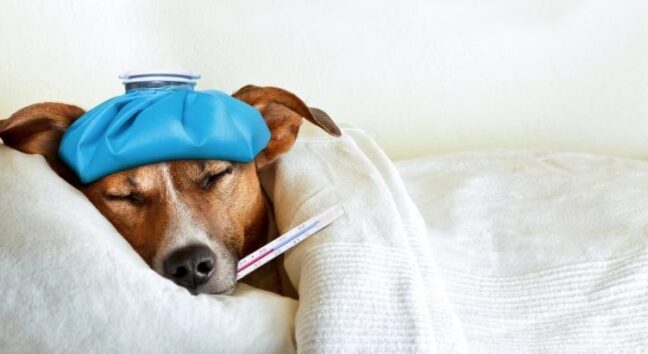

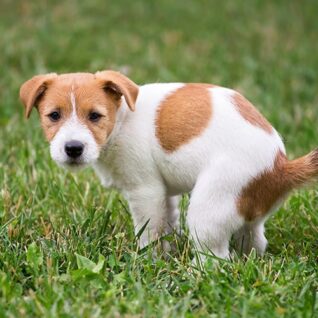
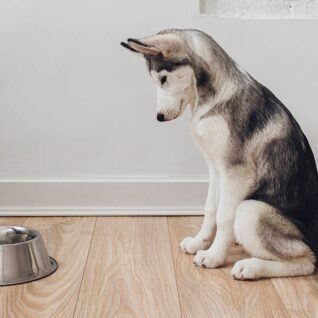

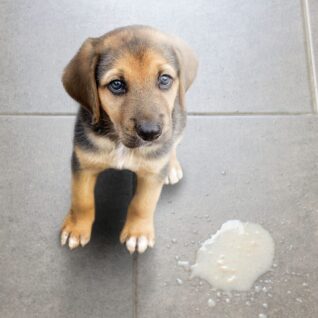
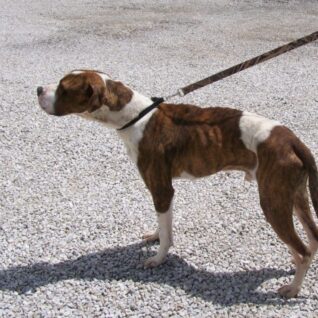


Conversation